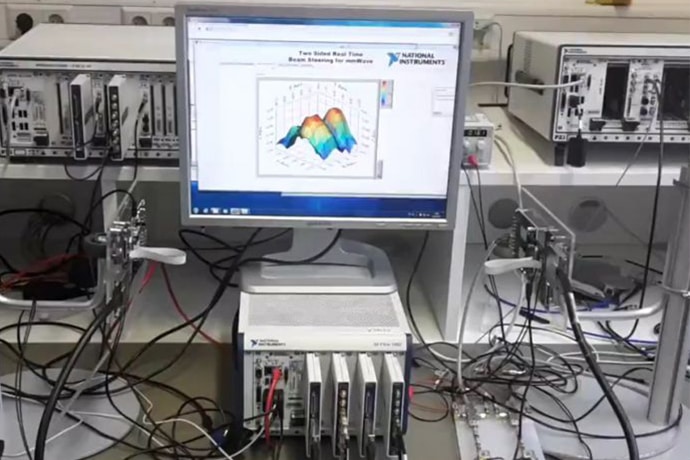Rural test of 5G cellular technology by NYU Tandon prof outperforms expectations

Millimeter waves traveled farther and more accurately than expected, according to a presentation from NYU Tandon’s Ted Rappaport.
The professor used measurements taken by him and his students in his rural Virginia summer home this August to generate the first rural path loss model for millimeter wave frequencies at 73 GHz.
“To their delight, the group found that the waves could travel more than 10 kilometers in this rural setting, even when a hill or knot of trees was blocking their most direct route to the receiver,” according to a story from the Institute of Electrical and Electronics Engineers (IEEE). “The team detected millimeter waves at distances up to 10.8 kilometers at 14 spots that were within line of sight of the transmitter, and recorded them up to 10.6 kilometers away at 17 places where their receiver was shielded behind a hill or leafy grove. They achieved all this while broadcasting at 73 Gigahertz (GHz) with minimal power—less than 1 watt.”

 2025 Brooklyn 6G Summit — November 5-7
2025 Brooklyn 6G Summit — November 5-7 Sundeep Rangan & Team Receive NTIA Award
Sundeep Rangan & Team Receive NTIA Award 2025 Open House
2025 Open House








